Home>Gardening & Outdoor>Landscaping Ideas>How To Remove Grass Stains From Pants
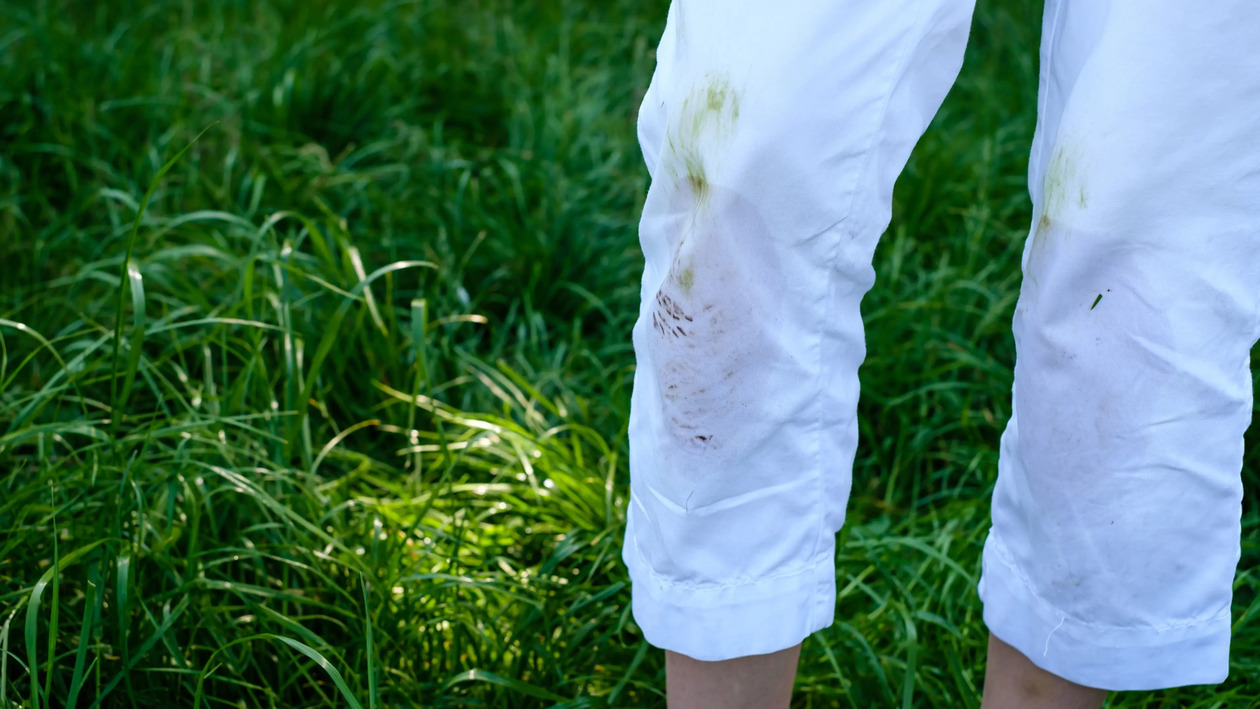

Landscaping Ideas
How To Remove Grass Stains From Pants
Modified: February 18, 2024
Learn effective landscaping ideas to remove grass stains from pants with our step-by-step guide. Keep your clothes clean and stain-free with these proven tips.
(Many of the links in this article redirect to a specific reviewed product. Your purchase of these products through affiliate links helps to generate commission for Storables.com, at no extra cost. Learn more)
Introduction
Grass stains on pants can be a pesky nuisance, especially for those who enjoy spending time outdoors. Whether you're a sports enthusiast, an avid gardener, or simply love lounging on the lawn, encountering grass stains is almost inevitable. However, fear not! With the right approach, you can effectively bid adieu to those stubborn green splotches.
In this comprehensive guide, we will delve into the art of removing grass stains from pants, providing you with practical insights and actionable tips. From understanding the nature of grass stains to pre-treating and washing your garments, we've got you covered. So, roll up your sleeves and get ready to rescue your favorite pair of pants from the clutches of grassy blemishes. Let's embark on this journey to restore your clothing to its pristine condition!
Key Takeaways:
- Say goodbye to grass stains by acting quickly, choosing the right pre-treatment, and using the appropriate detergent and water temperature when washing your pants. Patience and persistence are key to achieving pristine, stain-free pants.
- Understanding the nature of grass stains and the fabric of your pants is crucial for effective removal. Avoid heat, act promptly, and consider professional cleaning for stubborn stains.
Read more: How To Remove Grass Stains From Clothes
Understanding Grass Stains
Before diving into the removal process, it’s essential to comprehend the nature of grass stains. When you come into contact with grass, the pigments from the chlorophyll in the grass blades can transfer onto your clothing, leaving behind those distinct green marks. Additionally, grass contains natural oils and proteins that can further exacerbate the staining process.
One key factor to consider is the fabric of the pants. Different materials, such as cotton, polyester, or denim, can react differently to grass stains. For instance, cotton, while absorbent, can also hold onto stains more stubbornly, while synthetic fibers may repel stains to some extent. Understanding the fabric’s characteristics can inform your approach to stain removal.
Moreover, the age of the stain is crucial. Fresh grass stains are generally easier to tackle compared to older, set-in stains. The longer a stain lingers, the more it adheres to the fabric, making it increasingly challenging to remove. Therefore, prompt action is vital when dealing with grass-stained pants.
It’s also important to note that treating grass stains improperly can cause the pigments to set, making them even more resistant to removal. Hence, a gentle yet effective approach is necessary to avoid worsening the situation. With a clear understanding of the composition of grass stains and their interaction with different fabrics, you’ll be better equipped to tackle the task at hand.
Pre-treating Grass Stains
Pre-treating grass stains is a crucial initial step in the stain removal process. The goal is to lift and loosen the pigment and oily components of the stain before laundering the pants. Here’s a step-by-step guide to effectively pre-treat grass-stained pants:
- Act Quickly: As soon as you notice the grass stain, it’s imperative to take action promptly. The longer the stain sits, the more it adheres to the fabric, making it harder to remove. Blot the stained area with a clean cloth to absorb excess moisture and prevent the stain from setting.
- Choose the Right Pre-treatment: There are several pre-treatment options available, such as liquid laundry detergent, stain removers, or homemade solutions. For liquid detergent, apply it directly to the stained area and gently rub it in. Alternatively, a commercial stain remover can be sprayed or dabbed onto the stain. If opting for a DIY solution, a mixture of water and white vinegar or hydrogen peroxide can be effective.
- Gentle Scrubbing: Using a soft-bristled brush or an old toothbrush, gently scrub the pre-treatment solution into the stain. Be cautious not to scrub too vigorously, as this can damage the fabric fibers. The goal is to work the solution into the stain to help break down the grass pigments and oils.
- Allow Time for Penetration: After applying the pre-treatment, allow it to sit for at least 10-15 minutes. This gives the solution ample time to penetrate the fabric and loosen the stain. For tougher stains, you can leave the pre-treatment on for longer, but be mindful of the garment’s care instructions to avoid potential damage.
- Check for Progress: After the pre-treatment has had time to work its magic, check the stained area. If the grass stain has visibly lightened or lifted, you’re on the right track. If the stain persists, consider repeating the pre-treatment process before laundering the pants.
By diligently pre-treating grass stains, you set the stage for successful stain removal during the washing phase. The careful application of pre-treatment solutions can significantly improve the chances of completely eradicating those stubborn green marks from your pants.
Mix equal parts of white vinegar and water, then apply the solution to the grass stain. Let it sit for 15 minutes, then scrub with a toothbrush. Wash as usual.
Washing Grass Stained Pants
Once you’ve diligently pre-treated the grass stains, it’s time to launder the pants to banish those lingering blemishes. Follow these steps to ensure optimal results when washing grass-stained pants:
- Check the Care Label: Before proceeding, always refer to the care label on the pants for specific washing instructions. Different fabrics and garment constructions may require varying water temperatures, wash cycles, and detergent types. Adhering to these guidelines helps maintain the integrity of the fabric while effectively removing stains.
- Separate Stained Items: If possible, wash the grass-stained pants separately or with similar colors. This prevents the transfer of pigment from the grass stains onto other clothing items. Additionally, avoid overcrowding the washing machine to allow ample room for the water and detergent to circulate around the garments.
- Select an Appropriate Detergent: Choose a high-quality laundry detergent suitable for the fabric of the pants. For heavily soiled areas, consider using a detergent specifically formulated for stain removal. Alternatively, enzyme-based detergents are effective in breaking down organic stains, such as grass, due to their protein-dissolving properties.
- Optimal Water Temperature: Depending on the fabric and the care label instructions, select the appropriate water temperature for the wash cycle. Hot water is effective for cotton and sturdy fabrics, while cold water is gentler on delicate materials. Warm water strikes a balance and is suitable for many types of fabrics.
- Use the Right Wash Cycle: For grass-stained pants, a regular or heavy-duty wash cycle is often recommended. The agitation and longer duration of these cycles help dislodge and lift the grass pigments from the fabric. If the pants are particularly delicate, opt for a gentle or hand wash cycle to prevent damage.
- Inspect Before Drying: Once the wash cycle is complete, carefully inspect the pants for any remaining grass stains before proceeding to the drying phase. If any traces of the stain persist, avoid drying the pants, as the heat from the dryer can set the stain, making it more challenging to remove in the future.
By following these washing guidelines, you can effectively harness the power of the detergent and the wash cycle to bid farewell to those persistent grass stains, restoring your pants to their former glory.
Drying and Inspecting the Pants
After successfully washing the grass-stained pants, the next crucial step is to ensure proper drying and inspecting procedures to confirm the complete removal of the stains. Here’s how to proceed:
- Select the Appropriate Drying Method: Depending on the fabric and care label instructions, choose the most suitable drying method. For most garments, air-drying is gentle and effective, especially for delicate fabrics. If using a dryer, opt for a low to medium heat setting to prevent potential damage to the fabric.
- Inspect the Pants Thoroughly: Once the pants are dry, carefully examine the previously stained areas under good lighting. If any traces of the grass stains persist, refrain from ironing or exposing the garment to high heat, as this can further set the stains. Instead, consider repeating the pre-treatment and washing process to tackle any remaining blemishes.
- Avoid Direct Sunlight: When air-drying the pants, refrain from exposing them to direct sunlight, especially if any traces of the grass stains remain. Sunlight can set residual stains, making them more challenging to remove in subsequent wash cycles. Opt for shaded or indoor drying to prevent this from occurring.
- Patience is Key: If you notice lingering stains after the initial washing and drying, exercise patience and refrain from resorting to harsh measures. Rushing the stain removal process can lead to fabric damage and further setting of the stains. Instead, consider reapplying pre-treatment and rewashing the pants to gradually eliminate the stains.
By carefully drying and inspecting the pants, you ensure that any remaining grass stains are promptly addressed and not given the chance to become more entrenched. This meticulous approach sets the stage for comprehensive stain removal, leaving your pants looking as good as new.
Read more: How To Remove Grass Stain From Shoes
Additional Tips for Removing Grass Stains
While the aforementioned steps form the core of grass stain removal, incorporating additional tips and tricks can further enhance the effectiveness of the stain removal process. Consider the following supplementary measures to tackle grass stains with finesse:
- Vinegar Solution: A solution of equal parts white vinegar and water can be an effective pre-treatment for grass stains. The acetic acid in vinegar helps break down the grass pigments, making them easier to lift during the washing phase.
- Enzyme-Based Stain Removers: Enzyme-based stain removers are specifically formulated to target organic stains, including grass. These products contain enzymes that break down the proteins in grass stains, facilitating their removal during washing.
- Avoid Heat: When dealing with grass stains, it’s crucial to avoid heat until the stains are completely eradicated. Heat, whether from hot water, the dryer, or ironing, can set the stains, making them more challenging to remove. Opt for cold or warm water and air-drying until the stains are fully eliminated.
- Test in an Inconspicuous Area: Before applying any pre-treatment or stain remover to the entire stained area, conduct a patch test in an inconspicuous area of the fabric. This helps ensure that the treatment does not cause discoloration or damage to the garment.
- Professional Cleaning: For particularly stubborn or delicate garments, consider consulting a professional cleaner. They have the expertise and specialized products to effectively tackle tough grass stains while preserving the integrity of the fabric.
- Immediate Action: As with any stain, prompt action is crucial. The sooner you address the grass stain, the higher the likelihood of complete removal. Avoid allowing the stain to set, as this can significantly complicate the removal process.
By integrating these additional tips into your grass stain removal arsenal, you can elevate your approach and increase the chances of achieving pristine, stain-free pants. With patience and persistence, those stubborn grass stains will soon be a thing of the past, allowing you to enjoy your outdoor activities without worry.
Frequently Asked Questions about How To Remove Grass Stains From Pants
Was this page helpful?
At Storables.com, we guarantee accurate and reliable information. Our content, validated by Expert Board Contributors, is crafted following stringent Editorial Policies. We're committed to providing you with well-researched, expert-backed insights for all your informational needs.

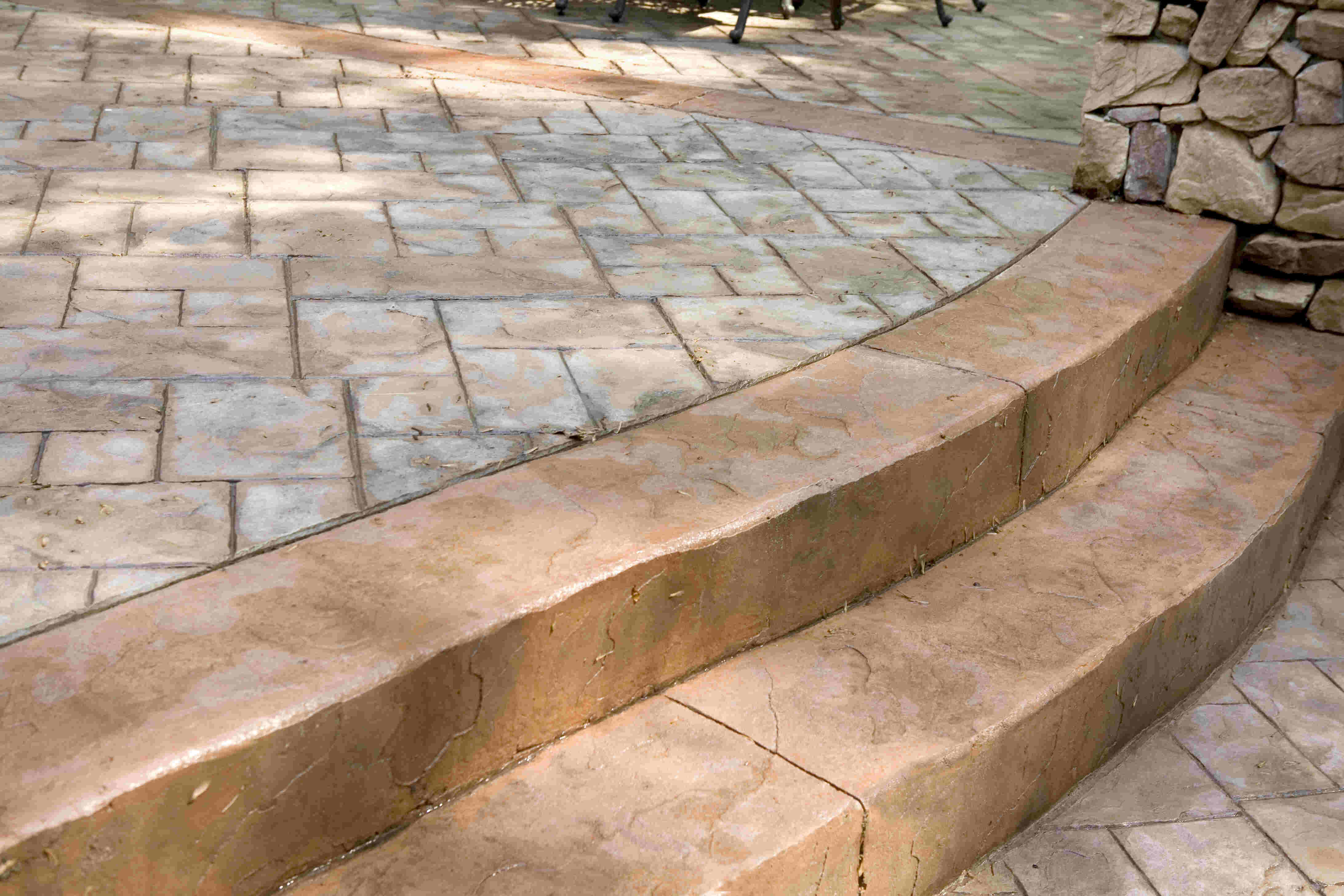
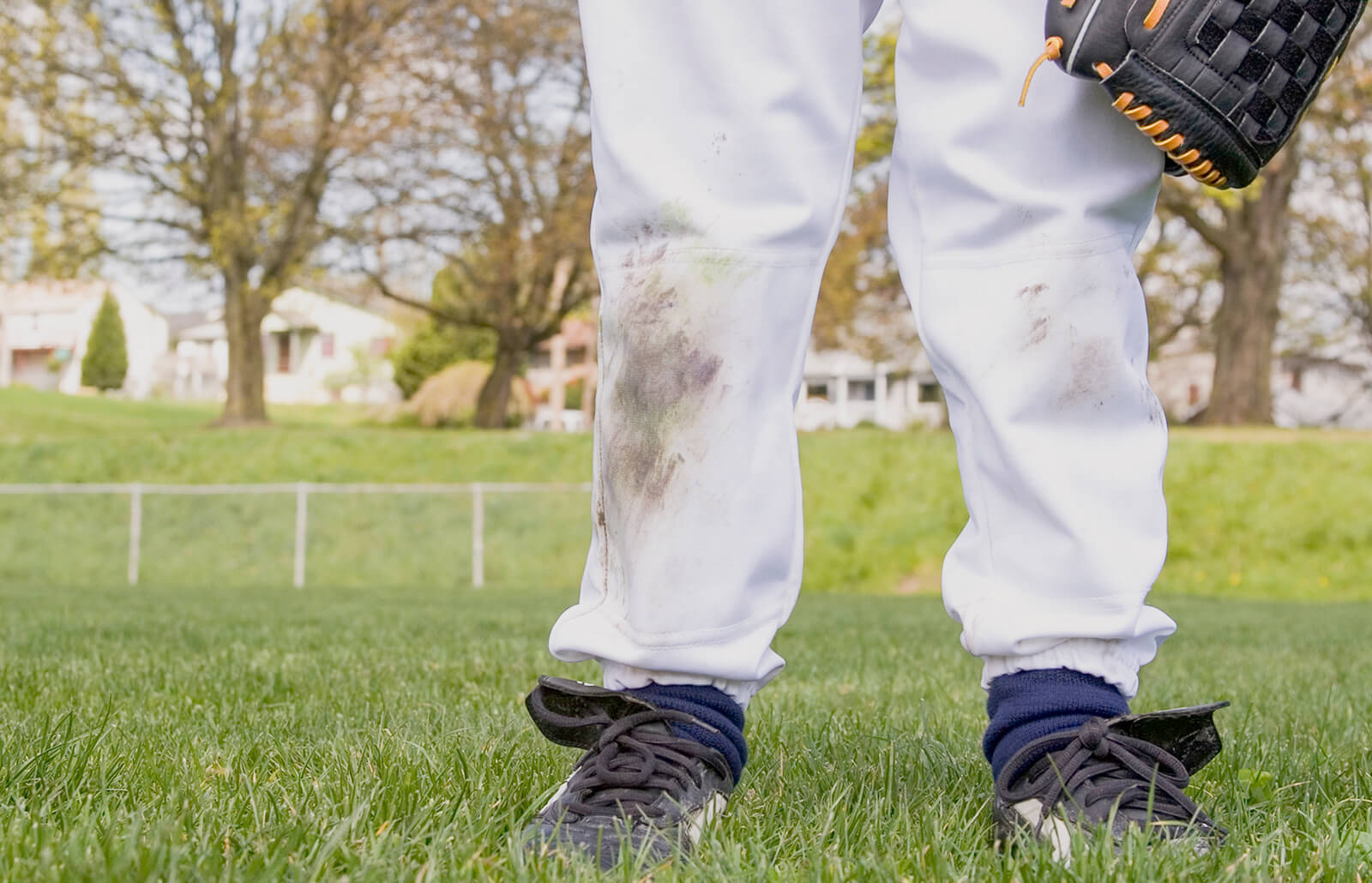
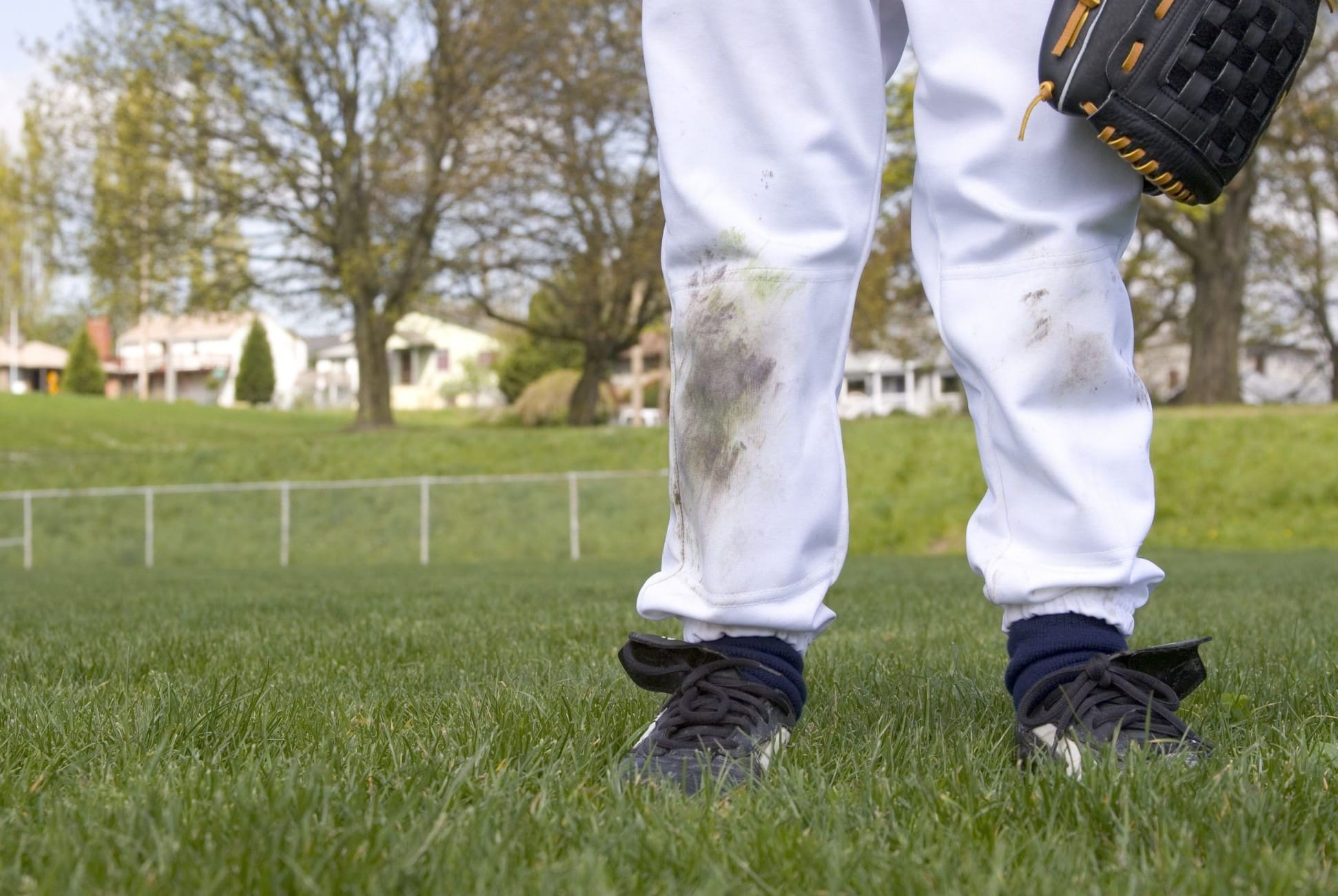

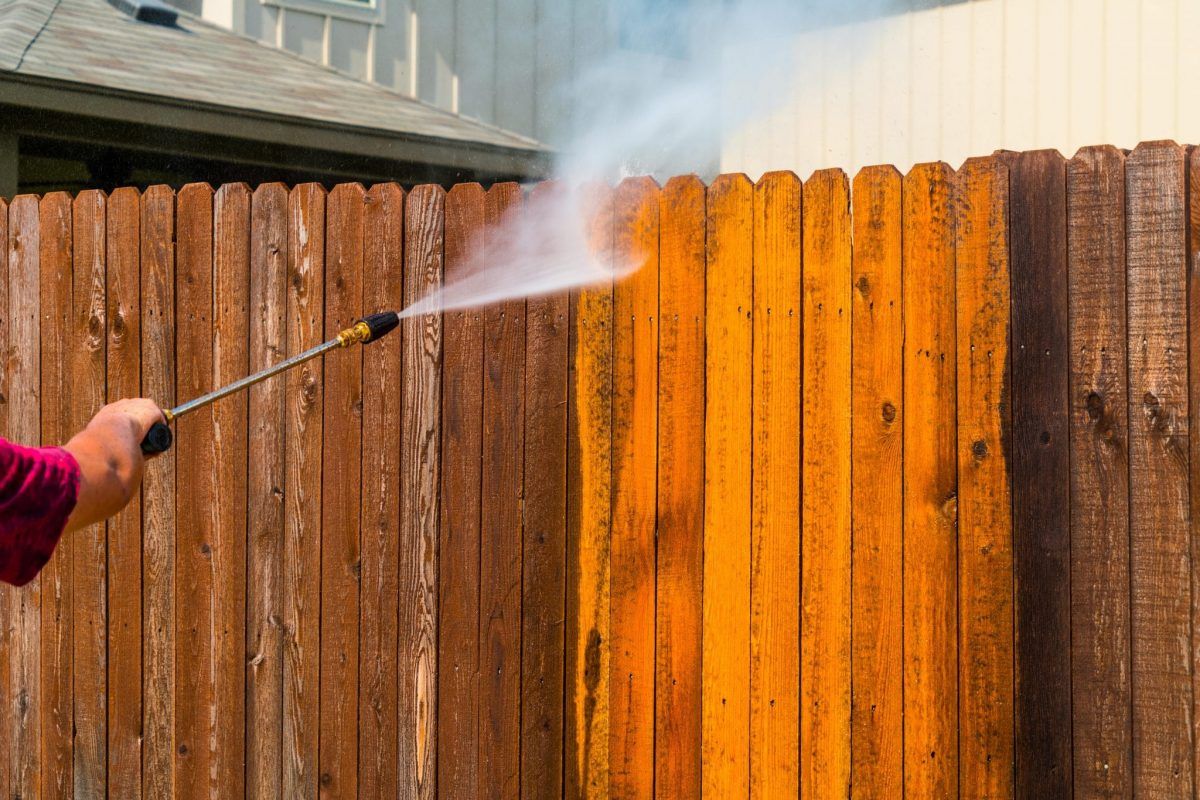

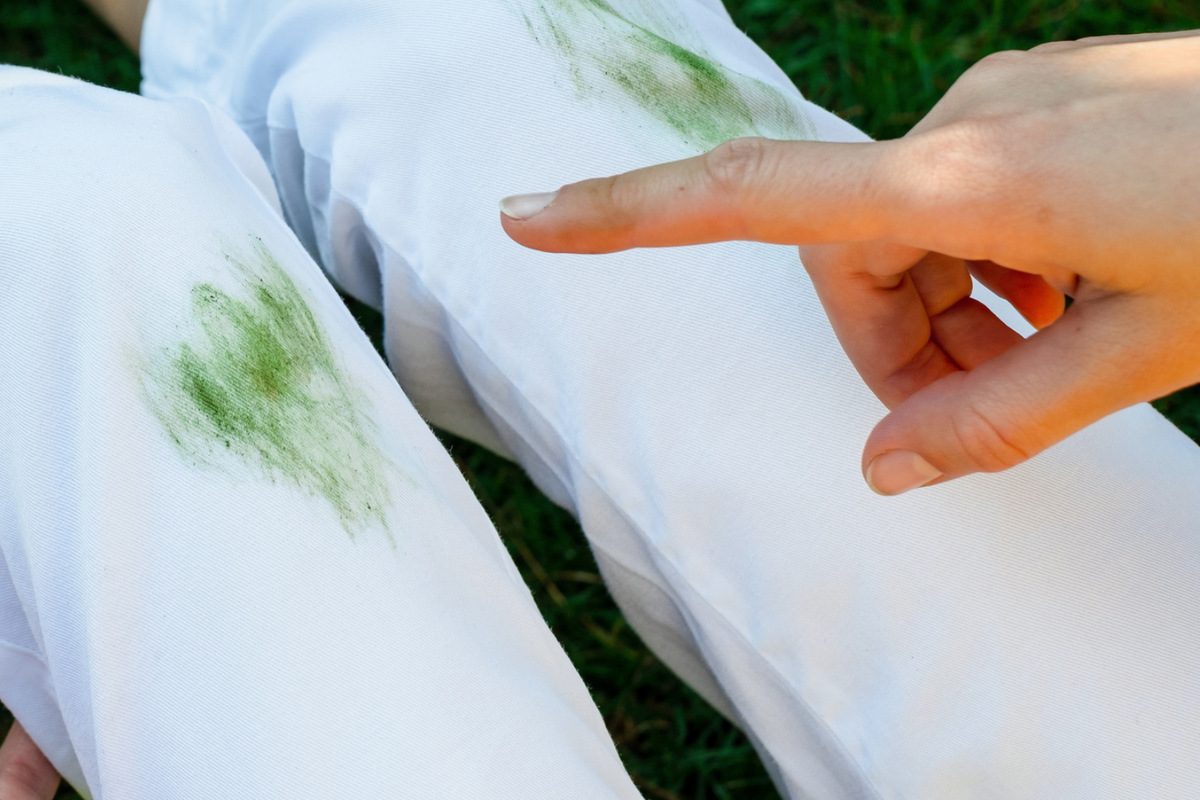
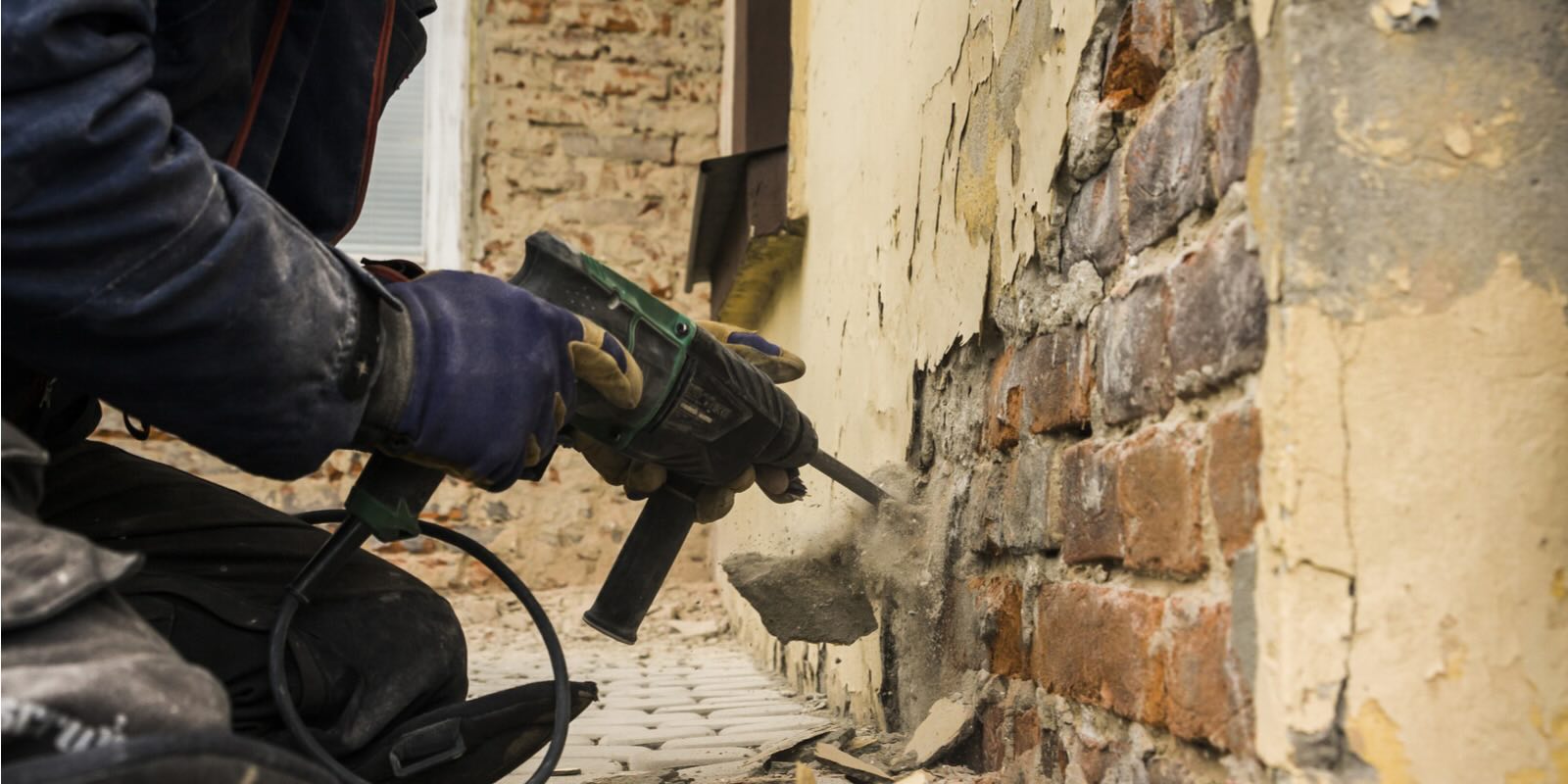
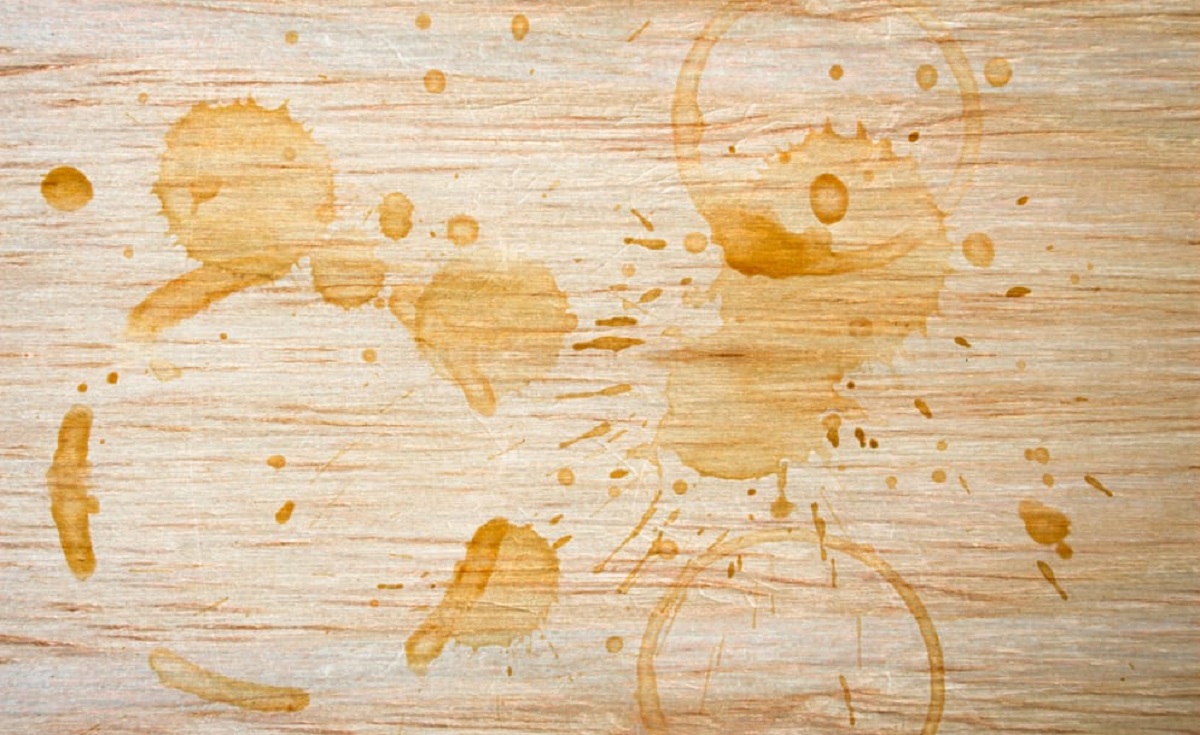


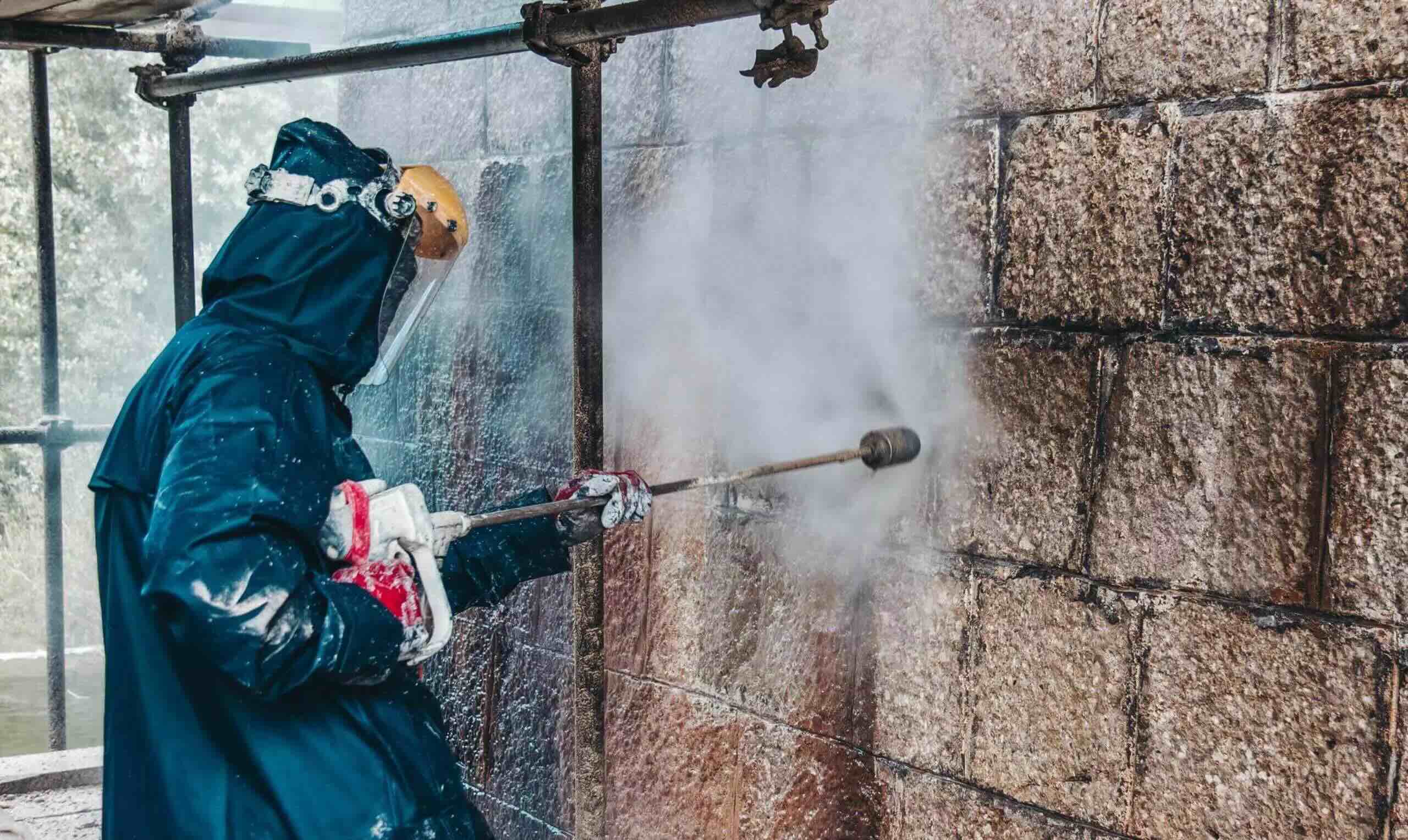


0 thoughts on “How To Remove Grass Stains From Pants”